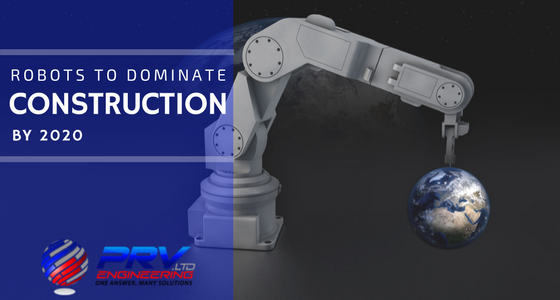A few weeks ago we wrote about the Flying-V hydrogen jetliner concept that showed great promise for greener aviation. Well, if you thought that was impressive, wait until you see this new hybrid-electric plane concept. It can reportedly capture 95% of the plane’s harmful nitrogen oxide emissions using an emissions control system adaptation.
It’s always only a matter of time before countries explore each other’s successes (or failures) and this is no different. Combat drones, powered by advanced technology like artificial intelligence, are the new ‘wingmen’ to Chinese carrier-based fighter jets. Essentially, it appears to be an attempt to compete with the prowess of the United States’ unmanned aerial vehicle (UAV) programs. Some believe that it’s China’s version of the US Navy’s Unmanned Carrier Launched Airborne Surveillance and Strike (UCLASS).
According to Shi Wen, chief engineer and designer of China’s Caihong (CH), or Rainbow UAV series, “The joint operations of manned military aircraft, like fighter jets, and UAVs is the drone’s future. We are making efforts to promote artificial intelligence (AI) for UAVs to allow manned aircraft to co-pilot UAVs.”
Construction is a $10 trillion global industry and robots are set to revolutionise the industry by 2020. Productivity in manufacturing, retail and agriculture has grown exponentially since 1945 but it has barely gone up in construction. How will robots be used to increase productivity and if they do, how will it impact the workforce?




Recent Comments